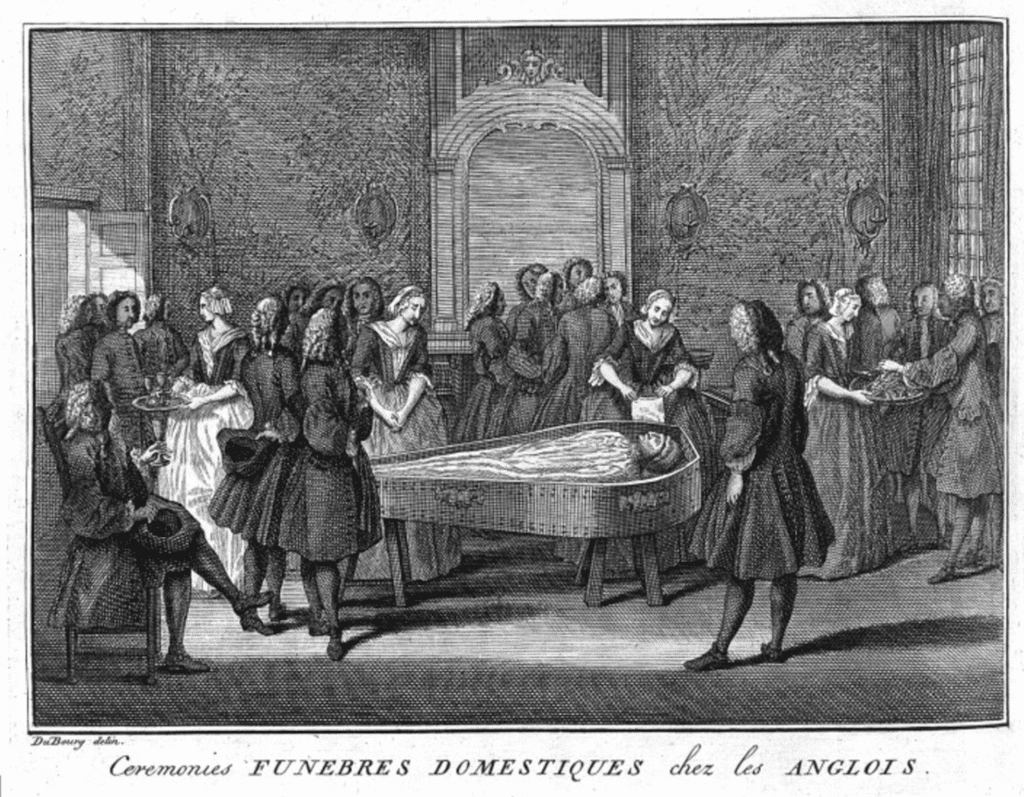Last updated on July 22nd, 2022 at 06:19 pm
Christianity has never been a homogenous religion with clearly defined ideas and beliefs. When it emerged in the late first and second centuries AD, it was essentially a schismatic branch of Judaism.
Then it adopted elements of a Hellenic polytheistic religion to become more popular throughout the Roman Empire. By the fourth century AD, it was the emerging power within Europe, North Africa, and the Levant, but its adherents were violent zealots who went around destroying ‘Pagan’ temples.

Moreover, there were already different branches of Christianity, with Arianism becoming a significant sub-set of Christianity. But, despite its early rejection of Pagan superstitions, Christianity remained a religion with many Pagan beliefs embedded in it. Magic and a belief in the supernatural were staples of Christian belief down to the advent of the Scientific Revolution in the early modern period. And one of the most curious elements of this was the so-called ‘Sin-Eaters’ prevalence in Europe up to the eighteenth century.
What were Sin-Eaters?
Academic study of the phenomenon of Sin-Eaters has been minimal, despite how curious a sociological issue they constitute. A Sin-Eater was effectively a person who performed a ritual over an individual to consume or absorb their sins so that they would not be punished for them in the afterlife.
Typically this occurred as part of the process of burying a person, as there was a need to absolve a person of their sins at the point of death so that they would not end up going to Hell. It is typically believed that the concept of sin-eating dates to the medieval period, during a time when there was still significant belief in magic and the occult within Western Christendom.
However, the documented evidence of sin-eating is generally restricted to the sixteenth and seventeenth centuries, when we know that it occurred in parts of Western Europe, particularly in Wales and parts of England.
Remaines of Gentilisme and Judaisme on Sin-Eaters
One text, in particular, provides an extensive account of sin-eating. This was found in passages of Remaines of Gentilisme and Judaisme, a work authored by John Aubrey, an English antiquarian, author, and natural philosopher of the second half of the seventeenth century.
In this work, Aubrey provided details of the process of sin-eating in early modern Britain in the context of exploring various funerary practices which still pertained in Wales and other regions of the British triple monarchy.
Here he explained that in some regions in the Channel Islands and in Wales:
“when the corpse is brought out of doors, there is cake and cheese, and a new bowl of beer, and another of milk with ye anno Domini [i.e. the year] engraved on it, and ye party’s name deceased, which one accepts of on the other side of ye corpse; and this custom is used to this day, 1686, in North Wales.”
Aubrey then expanded further in a passage specifically headed ‘Sin-Eaters’. Here he stated:
“In the county of Hereford was an old custom at funerals to hire poor people, who were to take upon them all the sins of the party deceased. One of them I remember lived in a cottage on Ross Highway. He was a long, lean, ugly, lamentable, poor rascal. The manner was that when the corpse was brought out of the house and laid on the bier, a loaf of bread was brought out, and delivered to the Sin-Eater over the corpse, as also a mazar-bowl of maple, full of beer, which he was to drink up, and sixpence in money, in consideration whereof he took upon him (ipso facto) all the sins of the defunct, and freed him (or her) from walking after they were dead.”
Sin-Eaters consumed food to absorb sins
Thus, we have here a detailed description of how Sin-Eaters in early modern Britain were actually presented with food and drink, which acted symbolically as a way of absorbing the sins of the deceased at their funeral.
The Sin-Eater was then paid to do so. Aubrey also provided details of how the concept of sin-eating was derived from the book of Leviticus in the Old Testament. In this, the prophet Aaron had absorbed all the ‘iniquities’ of the ‘children of Israel’ from a goat and thus rendered them largely obsolete.
Aubrey also suggested that the custom had become popular in early modern England, Wales, and Scotland owing to the spread of Presbyterianism and Puritanism, strict forms of Protestantism which emphasized austere living and literal readings of the Bible, both the Old and New Testament.
Sin-Eating was a Pagan Holdover
As such, from all of this, one can obtain the understanding that sin-eating was a folk element of Christianity that survived from Pagan times into the medieval period.
It continued to be used sporadically in many parts of Europe for centuries, but it was not well documented during this period.
But this situation changed during the early modern period when the combination of a greater level of documentation of folklore practices such as sin-eating and the increased emphasis on habits such as sin-eating, which had some vague doctrinal basis in the Old Testament, made it popular for a time in regions such as Wales and western England.
Ultimately, however, this was a largely fleeting development, and while sin-eating was still a feature of religious life in some few communities within regions like Bavaria in southern Germany down to the early twentieth century, the advent of the Scientific Revolution and the decline of religious fervor during the Enlightenment of the eighteenth century largely saw practices such as sin-eating die out in most areas.

